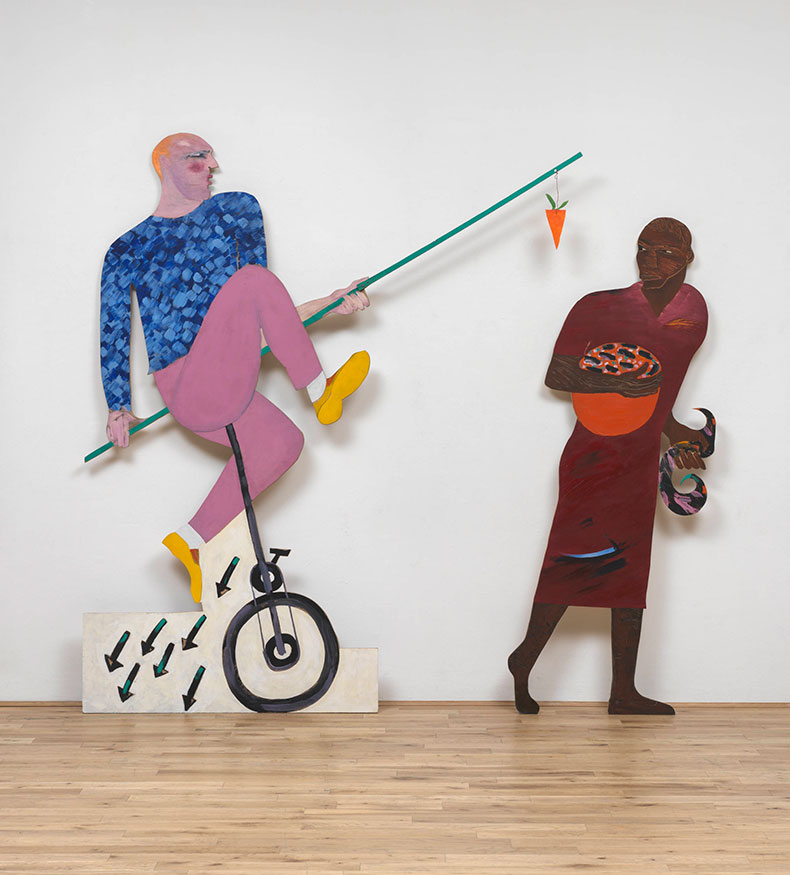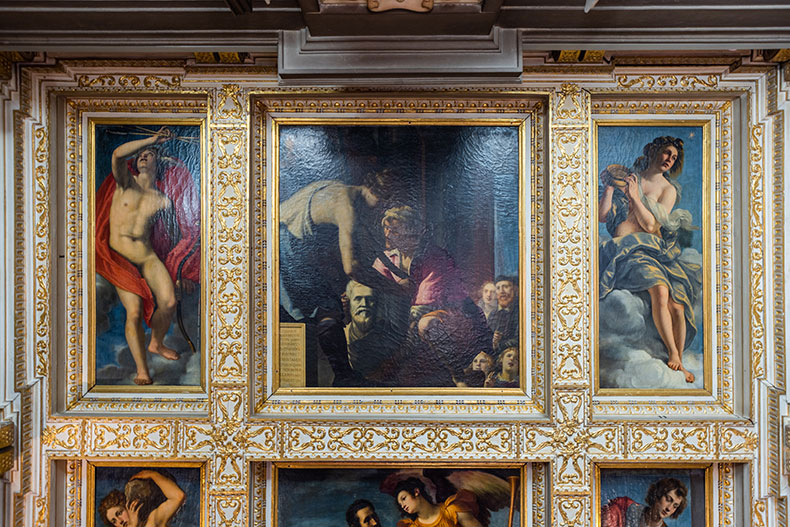 ‘4 things to see this week’ is sponsored by Bloomberg Connects, the free arts and culture app. Bloomberg Connects lets you access museums, galleries and cultural spaces around the world on demand. Download the app here to access digital guides and explore a variety of content.
‘4 things to see this week’ is sponsored by Bloomberg Connects, the free arts and culture app. Bloomberg Connects lets you access museums, galleries and cultural spaces around the world on demand. Download the app here to access digital guides and explore a variety of content.
Each week we bring you 4 of the most interesting objects from the world’s museums, galleries and art institutions hand-picked to mark significant moments in the calendar.
In February 1908, 15,000 women marched through the streets of New York demanding shorter hours, better pay and voting rights. The following year, the first National Women’s Day was celebrated in the United States – and in 1910, inspired by the protest, the activist Clara Zetkin put forward the idea of an International Women’s Day that would be celebrated annually, in every country around the world. This became the event on the 8 March which was officially recognised by the United Nations in 1975.
Though celebrations slowed in the following decades, IWD has recently experienced a revival. In 2017 marches were particularly well attended, with protesters wearing ‘pussy hats’ in reference to President Trump’s sexist remarks, while in Brazil a women’s football team wore specially commissioned shirts which replaced the players’ numbers with disturbing stats such as ‘a rape every 11 minutes’ or ‘salaries 30% lower’. Here we take a look at some of the most powerful works by women artists who have championed equality.

The Carrot Piece (1985), Lubaina Himid. Photo: Tate Photography; courtesy the artist and Hollybush Gardens, London; © Lubaina Himid
1. The Carrot Piece (1985), Lubaina Himid
Tate Liverpool
This theatrical installation depicts a white man on a tricycle failing to tempt a Black woman with a dangling carrot. Himid has described this work as a reference to the patronising behaviour of cultural institutions when they ‘need to be seen’ to be integrating people of colour into their programmes. To find out more, click here.

Self-portrait (1885), Berthe Morisot. Musée Marmottan Monet. Photo: Wikimedia commons
2. Self-Portrait (1885), Berthe Morisot
Musée Marmottan Monet, Paris
While Morisot was once primarily known as Édouard Manet’s favourite model, she is now celebrated as an artist in her own right, and an important figure in the Impressionist movement. In this self-portrait, she appears defiant, rejecting the passive role of the muse. To find out more, click here.

Allegory of Inclination (detail; 1615–17), Artemisia Gentileschi. Photo: Olga Makarova
3. Allegory of Inclination (1615–17), Artemisia Gentileschi
Casa Buonarroti, Florence
This mural depicts a young, nude female seated in the heavens holding a compass. It was painted on to the ceiling of the Gallery Room at Casa Buonarroti, the former home of Michelangelo, at a time when women were excluded from the study of anatomy, and later censored with drapery. The work is currently part of a restoration project by Calliope Arts which promises to ‘unveil’ the artist’s original intentions. Click here to find out more on the Bloomberg Connects app.

Kasama (2020), Simone Leigh. Nasher Sculpture Center, Dallas. Photo: © Simone Leigh; courtesy the artist and Hauser & Wirth
4. Kasama (2020), Simone Leigh
Nasher Sculpture Center, Dallas
Leigh works with ceramics as a way of highlighting the invisible labour traditionally carried out by women, and particularly women of colour. Covered in a pockmarked white glaze, this stoneware sculpture toys with the long tradition of portrait busts, which have most often through history depicted male dignitaries; it is named Kasama after a city in northern Zambia. By removing the eyes from her anonymous figure, the artist suggests an inward gaze. To find out more, click here.
Download now
![]() ‘4 things to see this week’ is sponsored by Bloomberg Connects, the free arts and culture app. Bloomberg Connects lets you access museums, galleries and cultural spaces around the world on demand. Download the app here to access digital guides and explore a variety of content or scan the QR code.
‘4 things to see this week’ is sponsored by Bloomberg Connects, the free arts and culture app. Bloomberg Connects lets you access museums, galleries and cultural spaces around the world on demand. Download the app here to access digital guides and explore a variety of content or scan the QR code.
Unlimited access from just $16 every 3 months
Subscribe to get unlimited and exclusive access to the top art stories, interviews and exhibition reviews.













![Masterpiece [Re]discovery 2022. Photo: Ben Fisher Photography, courtesy of Masterpiece London](http://zephr.apollo-magazine.com/wp-content/uploads/2022/07/MPL2022_4263.jpg)
When the Nazis pilloried modern art